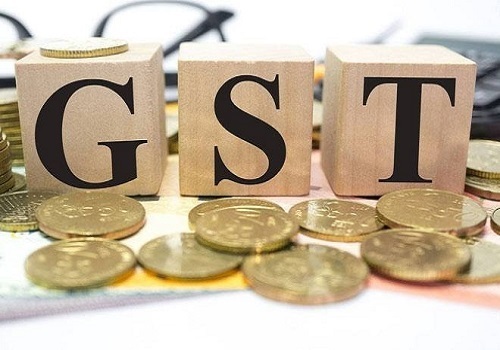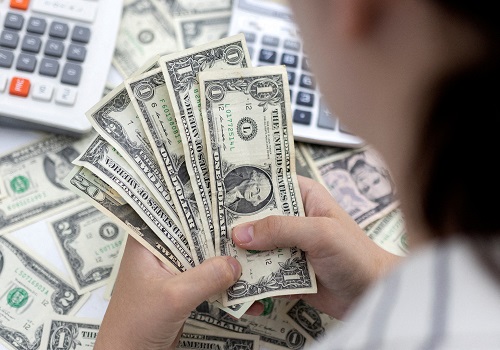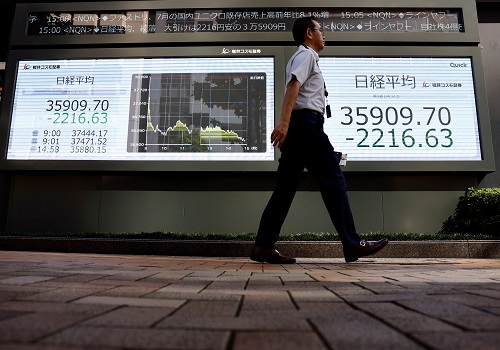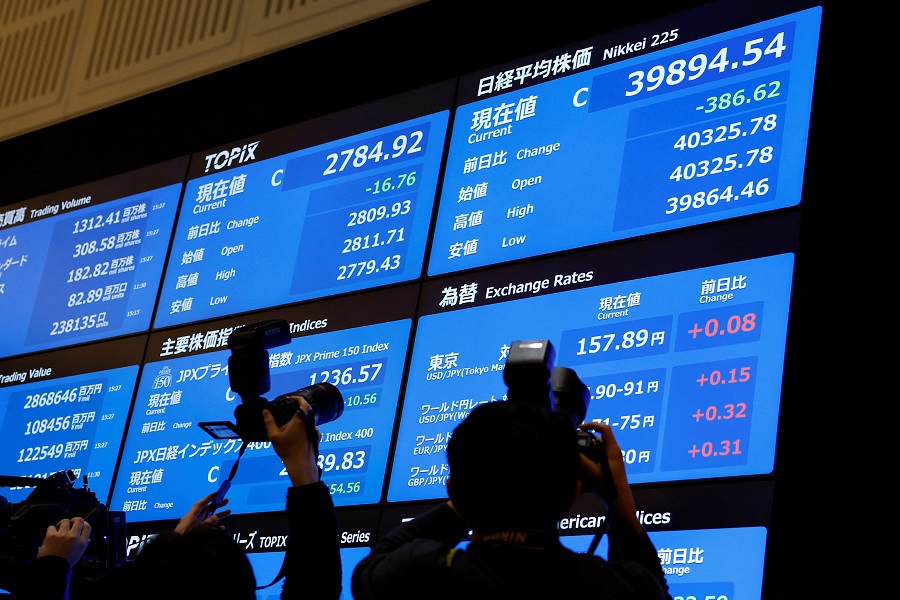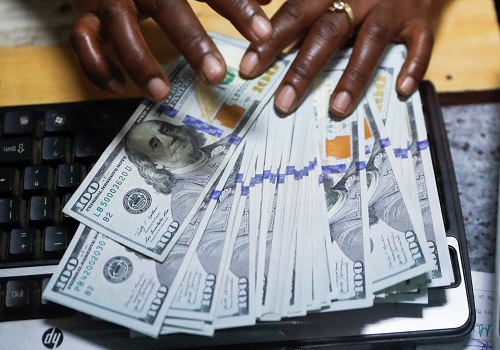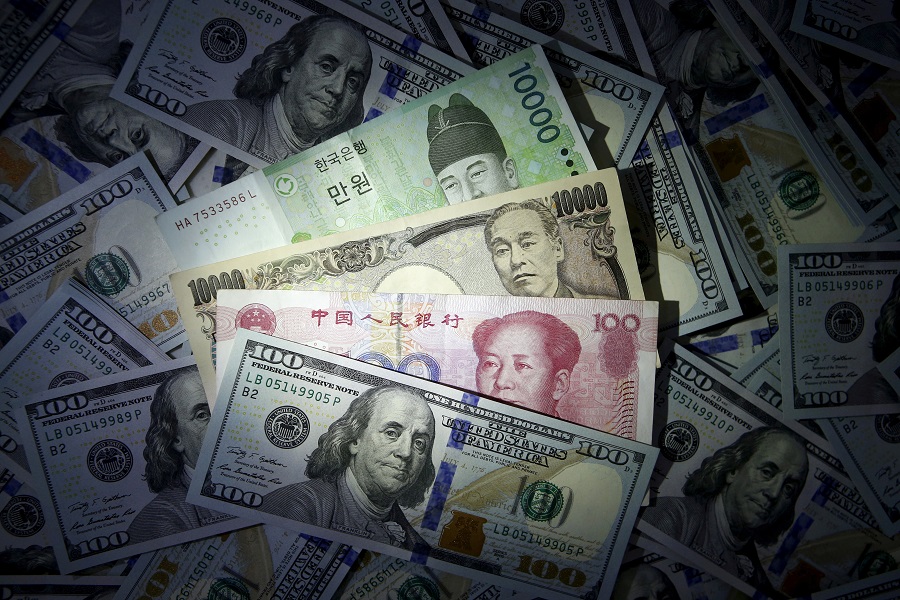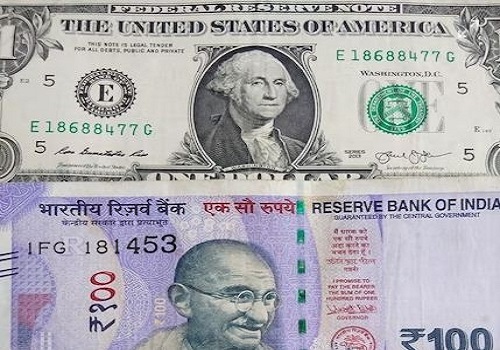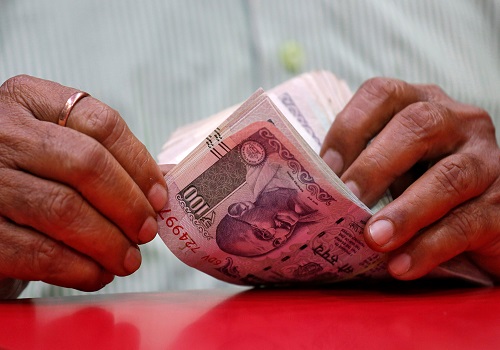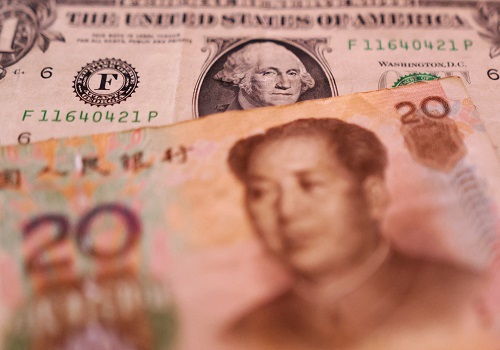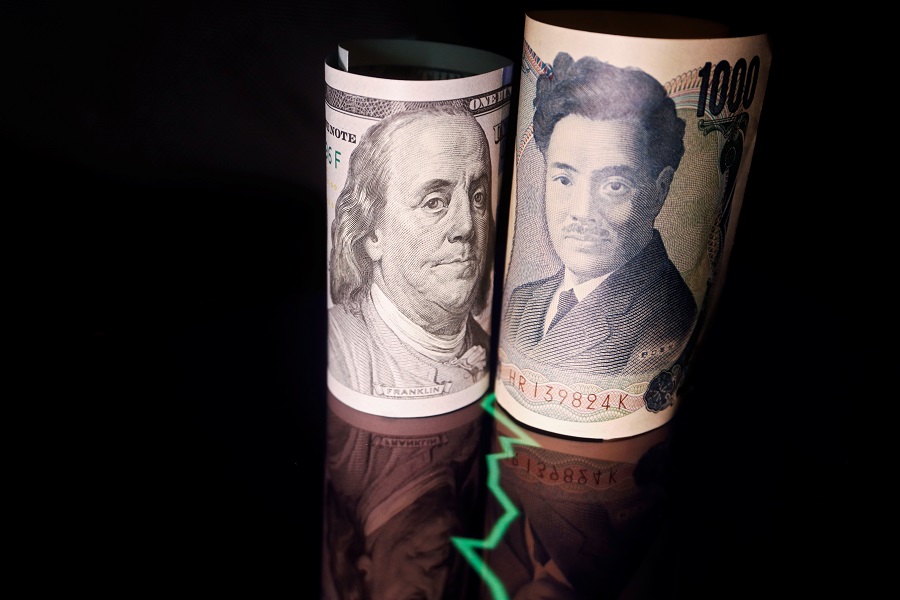Dollar weak, yen at 2024 high on bets of big rate cut from Fed
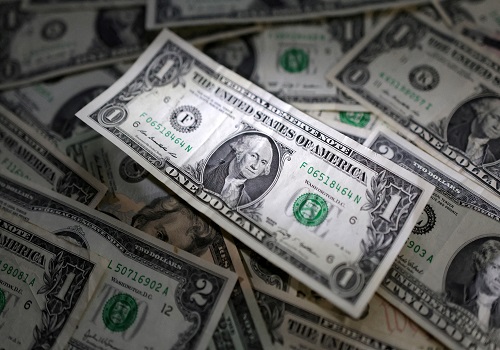
The dollar softened on Friday, with the yen hitting its highest level this year as investors remained on tenterhooks ahead of next week's central bank bonanza where the focus is on the Federal Reserve and the size of its expected interest rate cut.
While the Fed is all but certain to cut rates next week, uncertainty around whether it will go with a 25 basis point cut or 50 basis points (bps) has kept investors on edge and weighed on the dollar.
Analysts pointed to media reports from the Financial Times and the Wall Street Journal that said the Fed's decision would be a close call as one of the reasons for traders adding to wagers of a big rate cut next week.
Higher U.S. jobless claims data released on Thursday and the Wall Street Journal article on the Fed's rate cut dilemma revived bets on a jumbo cut at the September meeting, according to Christopher Wong, currency strategist at OCBC.
Traders are currently pricing in a 45% chance of the Fed cutting rates by 50 bps, CME FedWatch tool showed, having steadily risen over the past two days. Markets are pricing in 116 bps of easing from three remaining meetings this year.
Former New York Federal Reserve President Bill Dudley said on Friday there was a strong case for a 50 bps cut.
He said rates were currently 150-200 basis points above the so-called neutral rate for the U.S. economy, where policy is neither restrictive nor accommodative. "So the question is: 'Why don't you just get started?'"
The European Central Bank on Thursday lowered rates, but ECB president Christine Lagarde dampened expectations for another cut next month, sending the euro higher, with the single currency holding onto those gains in early trading on Friday.
Besides the Fed, the Bank of England and Bank of Japan hold policy meetings next week.
The euro was 0.11% higher at $1.10863, after rising 0.57% on Thursday, leaving the dollar index, which measures the U.S. currency against six rivals including the euro, at its lowest in a week at 101.05.
A slew of mixed U.S. economic reports this week have muddled rate expectations, with a report on Thursday suggesting that layoffs remained low even as the labour market was slowing, while other data showed producer prices rising slightly more than expected in August amid a rebound in the cost of services.
Xiao Cui, senior U.S. economist at Pictet Wealth Management, does not see signs of a sharp rise in layoffs or a deterioration in hiring that would call for an aggressive policy response.
"Barring a significant financial shock, we are sticking with our view of a policy normalization cycle starting with 25 bps cuts in September, November, and December this year.
But Cui said risks of more front-loaded easing, meaning cuts in bigger increments and a faster return to neutral, are rising. "If evidence of weaker labor demand, or increases in layoffs emerge, FOMC would react forcefully," referring to the Federal Open Market Committee.
The shifting rate expectations led Treasury yields lower in Asian hours on Friday. The yield on the benchmark U.S. 10-year Treasury note fell 3.6 basis points to 3.644%. [US/]
That sent the yen to its highest level since Dec. 28 of 140.645 per dollar ahead of the BOJ meeting, where the central bank is likely to hold rates steady. The yen was last up 0.6% at 140.965 and is set for a gain of 1% this week.
BOJ board member Naoki Tamura said on Thursday the central bank must raise rates to at least 1% as soon as the second half of the next fiscal year but added that it would likely raise rates slowly and in several stages.
Sterling was 0.19% higher at $1.3150 ahead of the BoE meeting next week, where markets anticipate the central bank to hold rates after a 25 basis point rate cut in August.













